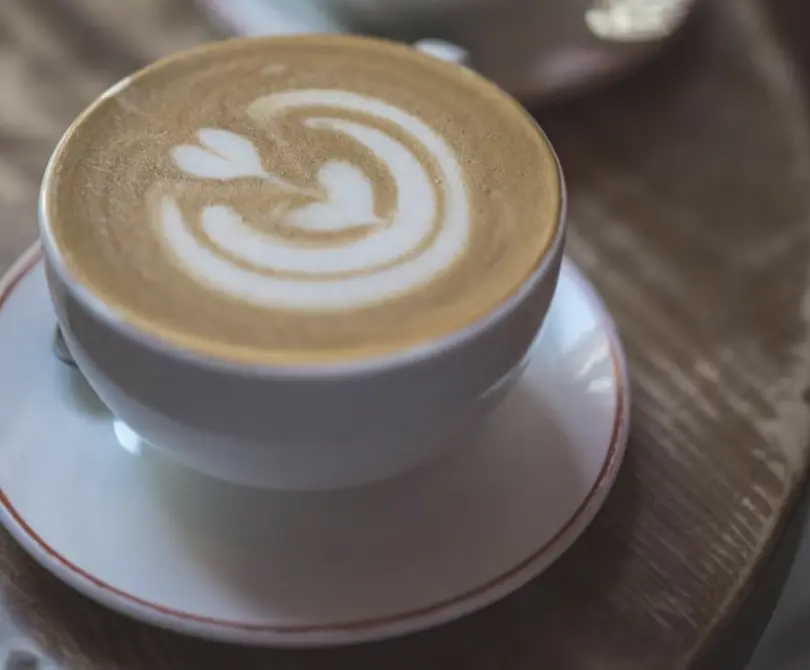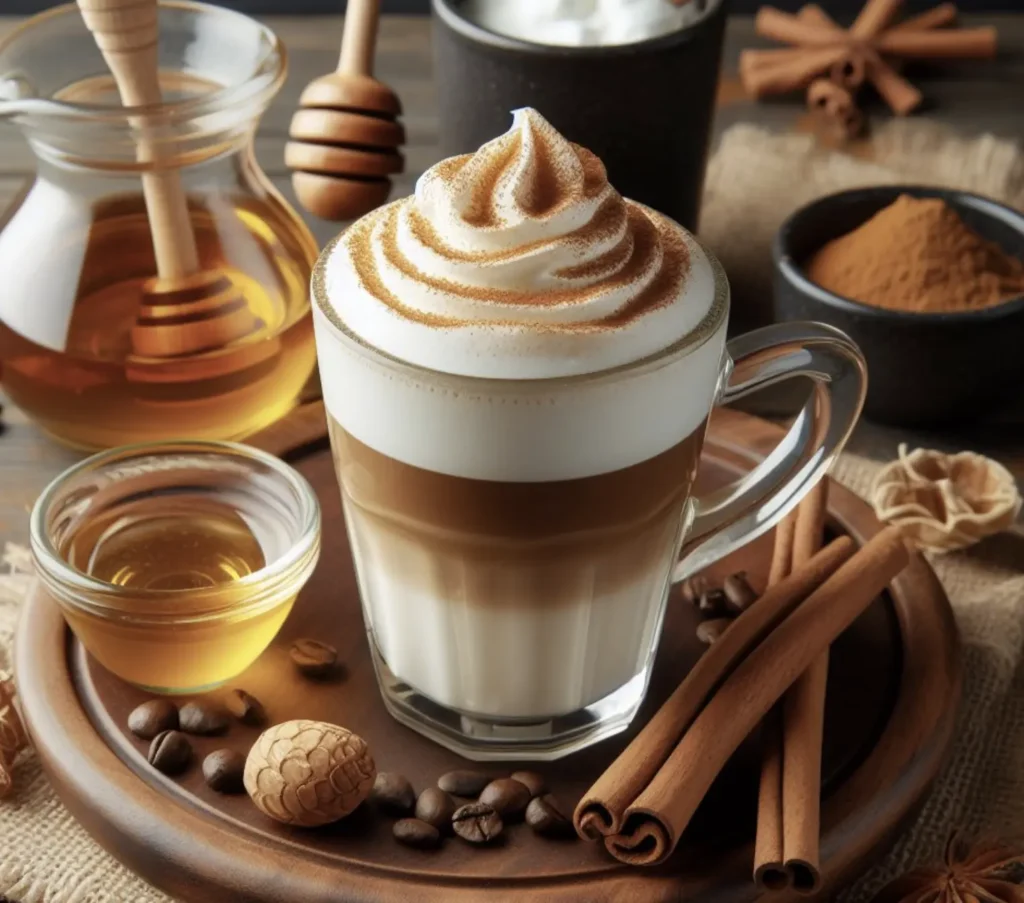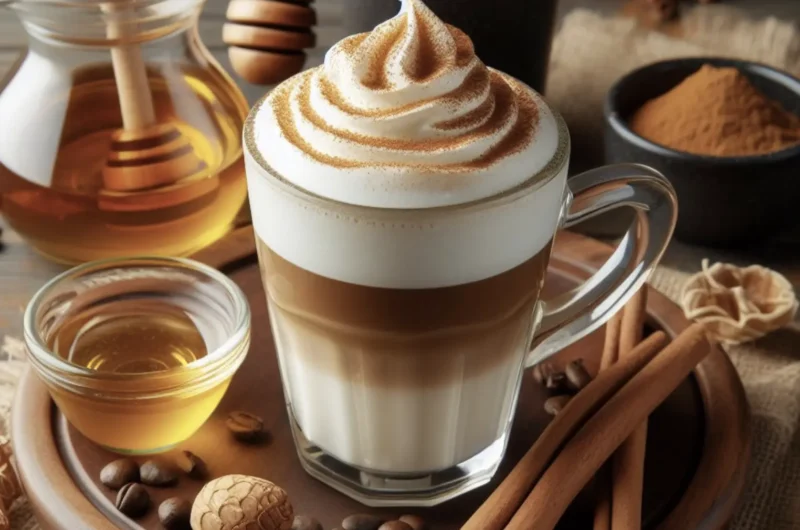Espresso: Bitter vs. Sour – What’s the Buzz? ☕️
The Great Espresso Debate!
Oh, how we love the world of espresso! It’s a universe where sour taste battles with bitter taste, and coffee lovers everywhere seek that perfect balance. You’ve probably asked yourself, “Why does my espresso taste sour or bitter at times?”
There’s a lot to unpack there!! From the grind size of coffee grounds to the water temperature, many factors influence the taste of that beloved shot of espresso. But before we get into the thick of things, let’s have a quick overview of the great debate: espresso bitter vs sour!
Bitter Business: The Espresso’s Bold Side
When you take a sip and get that bitter espresso shot taste, it’s like biting into dark chocolate. But what causes this espresso bitter vs sour? Often, a bitter coffee flavor can arise from over-extracted coffee.
This happens when hot water remains in contact with coffee grounds for too long, extracting unpleasant flavors. The brewing process, especially with dark roasts and darker roasts, can enhance these bitter notes.
Ever tried a French press? The brew time and coarse grind can often lead to a more bitter brew compared to other methods.
The science behind the bitterness lies in the extraction process. Tannic acid, found in coffee beans, is a major culprit. However, the amount of water and the brew ratio play a significant role too.
Think of it as a dance where the water flow, brewing time, and amount of ground coffee need to be in sync. A misstep, like using much water or a fine grind, can turn that dance into a chaotic mosh pit, resulting in a bitter espresso shot.
But here’s a twist: bitterness isn’t always a bad thing. Some coffee lovers crave that robust, intense flavor that lingers on the palate. It’s similar to the allure of dark chocolate or robusta beans.
The trick lies in finding the sweet spot where bitterness complements other flavors without overpowering them. And if you’re using a coffee maker or an espresso machine, ensure there’s no coffee residue or dirty equipment, as they can contribute to the bitterness.
Sour Notes: When Espresso Sings a Tangy Tune
On the flip side of the espresso spectrum, we have the sour espresso shot. If you’ve ever sipped your coffee and been reminded of citrus fruits, you’ve tasted the sour notes. The most common reason for a sour coffee taste is under-extracted coffee. This happens when the water temperature is too low or the brewing process is too quick, resulting in an uneven extraction of flavor compounds. Light roasts and lighter roasts, in particular, are more prone to sourness due to their unique flavor profile.
It’s not always about espresso bitter vs sour; now, let’s talk grind size! A coarser grind can often lead to a sour flavor in your espresso. Remember, the extraction time is crucial. If hot water doesn’t spend enough time with the coffee grounds, it won’t extract enough of the rich flavors, leading to a sour coffee taste.
The brew ratio, specifically the coffee-to-water ratio, is an important factor too. Not using enough coffee can result in a sour-tasting coffee.
Interestingly, the roast level of the beans plays a pivotal role. Lighter roasts tend to exhibit more sour notes due to the presence of certain acids. Arabica beans, especially, are known for their bright and acidic flavor profile.
But a word of caution: while a slight sourness can be refreshing and add complexity to the coffee, an overly sour espresso shot can be off-putting. Always aim for balance and adjust your brewing time and grind size accordingly.
Eco-Espresso: The Environmental Footprint of Our Favorite Brew
The coffee industry is vast, and with it comes a significant environmental footprint. From the beans’ journey from farm to cup, there’s a lot to consider. Dark roast coffee beans, for instance, require higher temperatures during roasting, which can have a larger carbon footprint. But it’s not just about the roasting. The type of coffee, be it robusta beans or arabica coffee beans, can influence the amount of water and resources used during cultivation.
However, there’s hope for coffee lovers who want to sip sustainably. Specialty coffee producers are increasingly focusing on sustainable farming practices, ensuring a lower environmental impact. Fresh coffee beans, when stored in an airtight container, can reduce waste by ensuring longer shelf life. Additionally, considering the equipment, opting for a coffee grinder that gives a consistent grind can lead to better extraction and less waste.
Lastly, let’s touch on waste. Those single-use pods from your coffee machine? They’re contributing to landfills at an alarming rate. A good shot of espresso doesn’t have to come at the expense of the planet. By making mindful choices, from the coffee grounds we use to the espresso brew method, we can enjoy our cup of coffee while ensuring a greener tomorrow.
Taming the Tastes: Tips and Tricks for the Perfect Brew
When it comes to achieving that perfect espresso, grind size plays a pivotal role. If you’ve ever experienced a sour espresso shot, it might be because of a coarser grind, which results in under-extracted coffee. On the other hand, a bitter espresso shot can be a result of a fine grind leading to over-extraction.
The sweet spot? Finding a grind size that’s just right for your espresso machine and taste buds. Adjusting the grind size can dramatically change the espresso tastes, so it’s essential to experiment and find the ideal balance for your palate.
Water temperature is another crucial factor in the brewing process. Using water at higher temperatures can extract the bitter notes from the coffee grounds, while a lower temperature might not extract enough flavor, leading to a sour coffee taste.
It’s also important to ensure that the water flow through the group head of your espresso machine is consistent. Too much water can dilute the shot, while not enough coffee can make it too intense. To get that good shot of espresso, it’s essential to maintain a consistent coffee-to-water ratio, ensuring neither a burnt taste nor a sour flavor dominates your cup.
Brewing time, or extraction time, is the amount of time hot water is in contact with the coffee grounds. Too long, and you’ll get over-extracted coffee with a bitter taste, thanks to compounds like tannic acid. Too short, and you might end up with sour-tasting coffee due to under-extraction.
Finding the right brew time can be a game of seconds, but it’s a good thing for coffee lovers as it allows for a richer flavor and avoids unpleasant tastes. Remember, with espresso, every second counts!
Taste Buds’ Tango: Pairing Espressos with Foods
If your espresso tastes on the bitter side, pairing it with sweet delights like dark chocolate can create a harmonious balance. Dark roasts, which often have bitter notes, can be complemented by the rich flavor of dark chocolate, enhancing the overall coffee experience. Moreover, the astringency of dark roast coffee beans can be offset by the sweetness of desserts, turning a bitter espresso shot into a delightful treat.
Sour notes in an espresso can be balanced with savory sensations. Think of citrus fruits, which have sour notes but pair wonderfully with salty foods. Similarly, a sour espresso shot, possibly due to lighter roasts or uneven extraction, can be paired with savory snacks to mellow the sour flavor. It’s all about finding that balance, ensuring neither the sourness of the espresso nor the saltiness of the food overpowers the other.
Whether your espresso tastes sour due to factors like water temperature or grind size, or you’ve got a bitter shot from dark roast coffee beans, there’s always a snack to enhance the experience. While some coffee lovers might opt for robusta beans for a more intense flavor, others might lean towards arabica coffee beans for a smoother taste. Regardless, pairing your shot of espresso with the right snack can turn any cup of coffee, bitter or sour, into a gourmet experience.

Photo Credit: Big Dodzy
Espresso Around the World: Cultural Takes on Bitter vs. Sour
Italy, the birthplace of espresso, has set the gold standard for this beloved beverage. In Italy, a good espresso is all about the balance between bitter and sour. The most common reason for a bitter or sour taste in espresso worldwide is the extraction process.
However, Italians have mastered the brew ratio, ensuring the right amount of ground coffee to water, resulting in a shot that’s neither too bitter nor too sour but just perfect.
Australia’s Coffee Culture Down Under proves coffee is more than just a drink; it’s a lifestyle. Australian coffee culture has evolved over the years, with a focus on specialty coffee. Whether it’s a bitter espresso shot or a sour coffee taste, Aussies have a knack for turning it into a flavorful cup. The coffee industry in Australia emphasizes fresh coffee beans, stored in an airtight container, ensuring maximum flavor extraction without unpleasant flavors.
The American Blend from coast to coast highlights the fact that America’s coffee preferences vary. Some prefer their espresso with a robust, bitter taste, often choosing darker roasts. Others lean towards light roasts, resulting in a more sour espresso taste.
The type of coffee, be it arabica or robusta, the grind size, from coarse grind to fine grind, and even the coffee maker, from a French press to a high-end coffee machine, play a role in the final flavor profile. However, one thing remains constant: the love for a good cup of coffee.
FAQs
Should Espresso be Sour or Bitter?
A: Espresso is a balancing act between sour and bitter flavors. Ideally, it should have a harmonious blend of both, but not overly so. The key is balance, with a hint of natural sweetness.
How Can You Tell the Difference Between Sour and Bitter Coffee?
A: Sour and bitter are distinct in taste:
- Sour: Often feels tangy or sharp, hitting the sides of your tongue.
- Bitter: More of a back-of-the-mouth sensation, akin to dark chocolate.
| Aspect | Sour Espresso | Bitter Espresso |
|---|---|---|
| Main Cause | Under-extraction | Over-extraction |
| Grind Size | Too coarse | Too fine |
| Water Temperature | Too low | Too high |
| Tasting Notes | Tangy, citrus-like | Dark chocolate, toasted nuts |
| Mouthfeel | Sharp, often light | Heavy, lingering |
| Ideal for | Lighter roasts, fruity notes | Darker roasts, intense flavors |
| Fix Strategy | Finer grind, higher temp | Coarser grind, lower temp |
How Do You Fix a Sour or Bitter Espresso Shot?
- Grind Size: Finer grind for sour shots, coarser for bitter.
- Water Temperature: Increase for sour, decrease for bitter.
- Tamping Pressure: More consistent for an even extraction.
- Extraction Time: Shorten for bitter, lengthen for sour.
Why is American Espresso So Bitter?
A: Often, it’s due to over-extraction or dark roasting styles. American espresso sometimes errs on the side of a stronger, more robust flavor, which can tip into bitterness.
Is Good Espresso Supposed to be Sour?
A: Not exactly. Good espresso should have a hint of acidity, which might feel slightly sour, but it shouldn’t be the dominant taste. It’s all about finding that sweet spot between sour, bitter, and aromatic notes.
The Final Brew
From bitter flavors extracted from dark roast coffee beans to sour notes from lighter roasts, there’s no one-size-fits-all in the world of espresso. It’s all about personal preference, and while some might relish a bitter espresso shot, others might crave that sour espresso kick.
The good news? With the right grind size, water temperature, and brewing time, you can customize your espresso to suit your taste buds.
Finding your unique flavor profile in espresso is a journey, not a destination. Factors like the amount of coffee, grind size, and even the cleanliness of your espresso machine (say goodbye to coffee residue!) can influence the taste.
Whether you’re a fan of dark roasts or prefer the acidity of light roasts, the quest for the perfect espresso is a rewarding experience!
We hope you’ll love our Honey Cinnamon Espresso Latte! It’s filled with warm spices and feels like a hug! Share what you think in the comments!
Honey Cinnamon Espresso Latte
Course: Drinks4
servings30
minutes40
minutes300
kcalThis drink combines the bold flavors of espresso with the subtle sweetness of honey and a spicy kick of cinnamon. Perfect for those cozy mornings or a mid-afternoon pick-me-up!
Ingredients
1 shot of espresso (or 2 if you prefer it stronger)
1 cup of milk (whole milk, almond, oat, or any of your choice)
1-2 tsp honey (adjust to taste)
1/4 tsp ground cinnamon
Whipped cream (optional for topping)
Cinnamon stick for garnish (optional)
Directions
- Brew Your Espresso: Using your espresso machine, brew a shot of espresso. If you like your latte stronger, you can go for two shots. Pour the brewed espresso into your favorite mug.
- Honey and Cinnamon Magic: While your espresso is hot, stir in the honey until it’s completely dissolved. This ensures the honey integrates well with the espresso, giving it a smooth sweetness. Sprinkle in the ground cinnamon and give it a good stir.
- Steamy Milk: Heat up your milk. If you have a milk steamer, steam the milk until it’s frothy. If not, you can heat it up in a saucepan until it’s hot but not boiling. If you’re using a saucepan, you can whisk the milk vigorously for a few seconds to get some froth.
- Pour and Garnish: Slowly pour the steamed milk over your honey and cinnamon espresso. If you’re feeling indulgent, top it off with a dollop of whipped cream. Garnish with a sprinkle of cinnamon or a cinnamon stick for that extra flair.
- Sip and Enjoy: Take a moment to savor the perfect blend of bold espresso, sweet honey, and spicy cinnamon. It’s a delightful symphony of flavors that’s sure to brighten your day!
Notes
- You can adjust the sweetness by using more or less honey. If you’re a fan of vanilla, a drop of vanilla extract can add an extra layer of flavor.
- For a dairy-free version, almond milk or oat milk works wonderfully and adds their own unique flavor notes to the latte.
- If you enjoy iced lattes, simply let the espresso cool down a bit after brewing, then add ice cubes to your mug before pouring the milk.
Craving more delicious recipes? Try these: Garlic Butter Steak Bites

